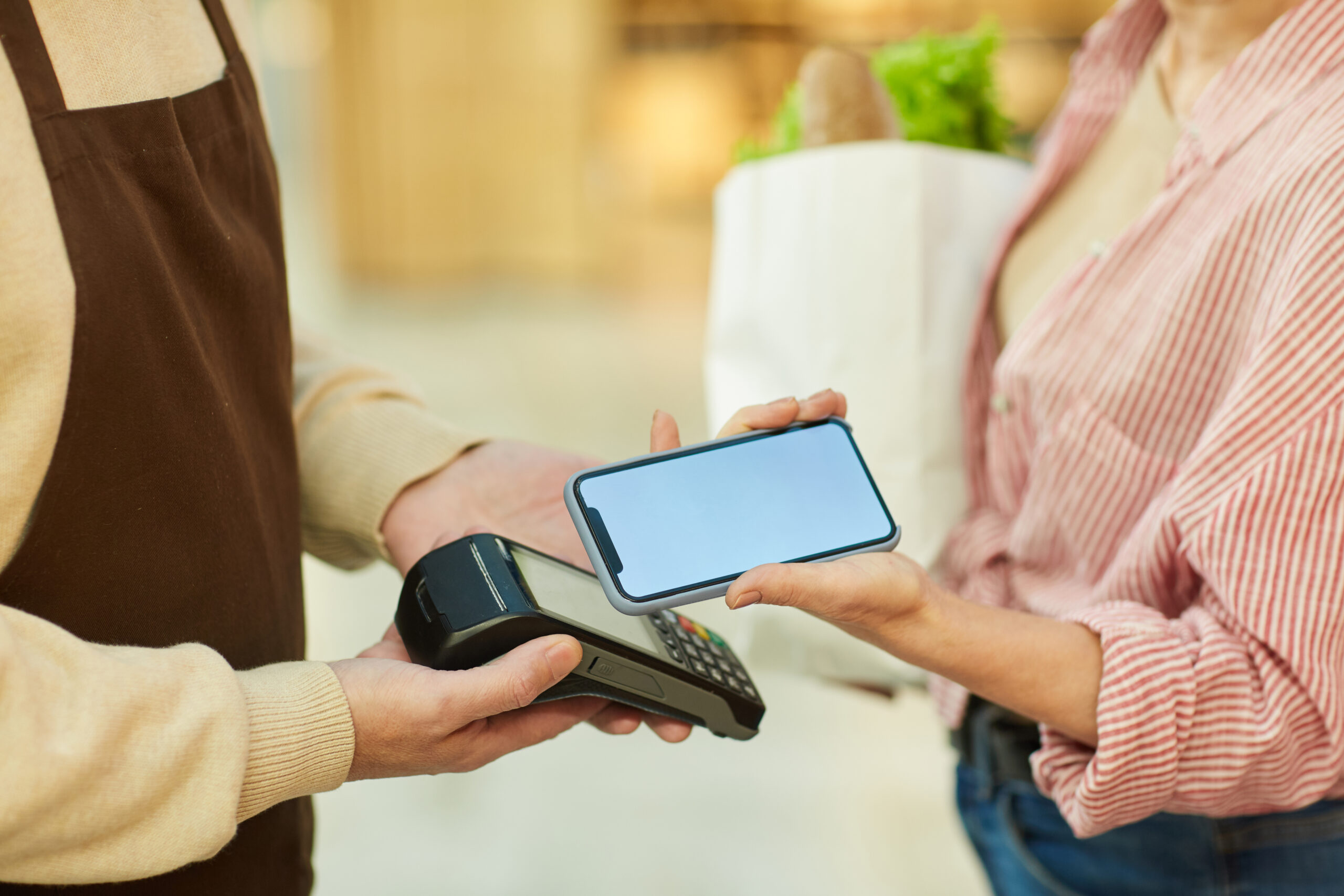If you are wondering about the functionality hidden in your smartphone and the ways you can make use of it, this article will show you some useful information about radio firmware and mobile payment service of your smartphone.
Mobile Payment Service
As smartphones are becoming an incredibly common device to have in every hand, we have relied a lot on them to store sensitive personal information like passwords, credit card numbers, and other confidential matters. Of course, over time it did not go unnoticed that the very next step to evolve smartphone features was to add some sort of payment service for goods and services. This popped up the idea of scanning some code with an app from your device which lets you pay at the store.
These apps connect directly with your bank account and take care of the whole transferring process from your bank to the merchant and so on and so forth. This is called a mobile payment service. With the applications that include Near Field Communication (NFC), further refine the process. You just simply place the device on or nearby a special pad at the register which authorizes payment to the merchant.
In addition, smartphone manufacturers also produce their own payment systems. The most prominent Apple payment system known as Apple Pay first came in with iPhone 6 and the support went on to the Apple Watch as well. Major supports like credit card payment terminals and point-of-sale systems, including Visa, MasterCard, and American Express are all supported by Apple Pay. Apple Pay also uses contactless payment with terminals with NFC and supports in-app payments for any only purchase.
Radio Firmware
Every mobile device uses a wide range of radio technologies to access the Internet, e-mail, and other corporate infrastructures. Essentially, mobile devices use two types of radios such as 802.11 and Bluetooth. If the device can place calls, certainly it has some sort of cellular radio.
As these mobile devices travel, they often pass through various areas that do not have strong signals or no signal at all. Mobile devices connect to a different carrier network known as roaming. Roaming may cost you extra charges depending on the carriers involved.
The phone’s firmware sometimes receives automatic updates to its Preferred Roaming List (PRL) from the carrier. When roaming cannot detect the home carrier’s network it looks for these high-priority networks in the list. Updates are typically sent via the phone’s cellular connection which is known as baseband Updates or over-the-air updates. In some cases, these updates are done while the OS and firmware upgrades. This topic has some depth, in case you need to know more about this, feel free to dig in online.
Other than these features, there are also other features like VPN noticeable in the default mobile operating system.

